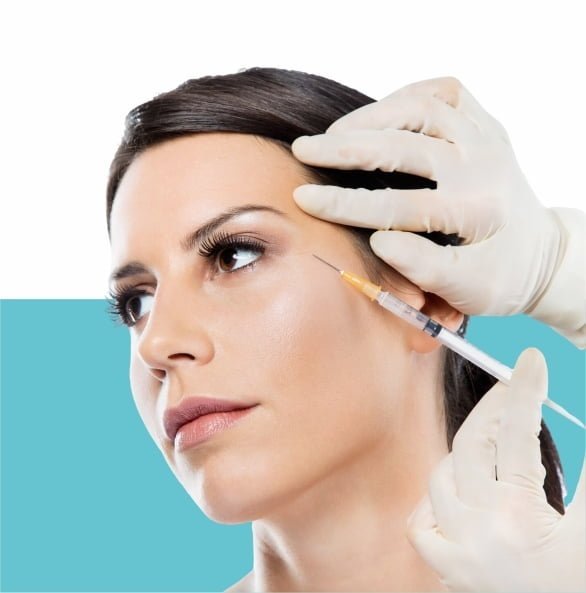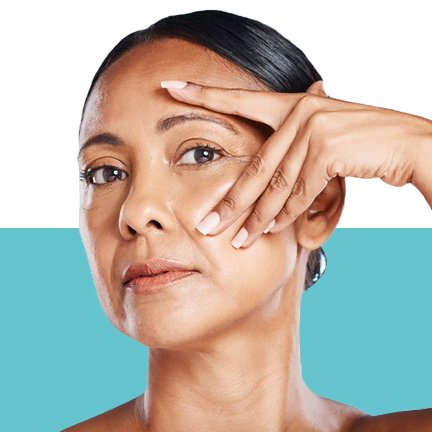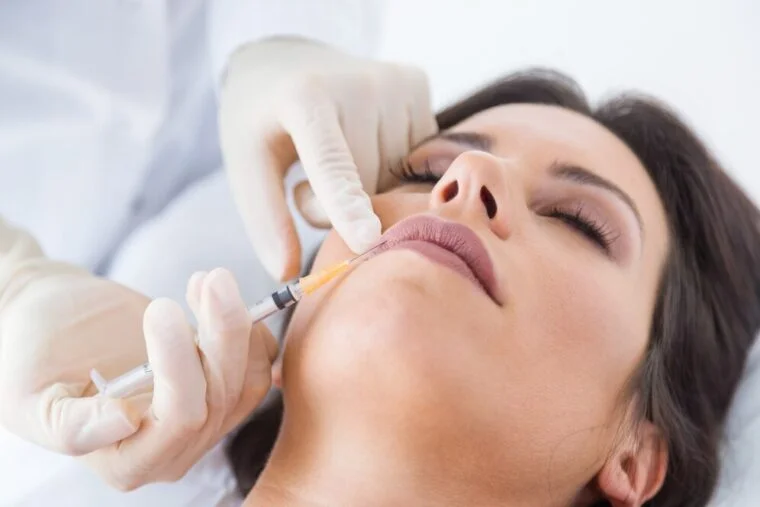
Botox has become a household name in cosmetic procedures, known for its ability to reduce wrinkles and give a more youthful appearance. If you’re considering Botox for the first time, you likely have a lot of questions about what to expect. This guide will cover everything from the basics of Botox to what happens during your treatment and how to care for your skin afterward.
1. What is Botox?
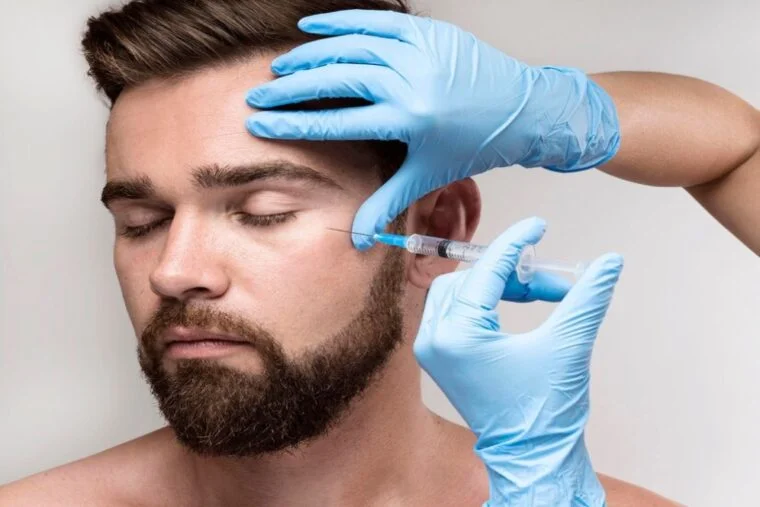
Botox is a brand name for a substance known as botulinum toxin type A. It is a neurotoxic protein produced by the bacterium Clostridium botulinum. While it may sound alarming, Botox is used in very small, controlled amounts to temporarily paralyze muscles. This paralysis helps reduce the appearance of dynamic wrinkles those that are caused by facial expressions like frowning or smiling.
2. How it Works?
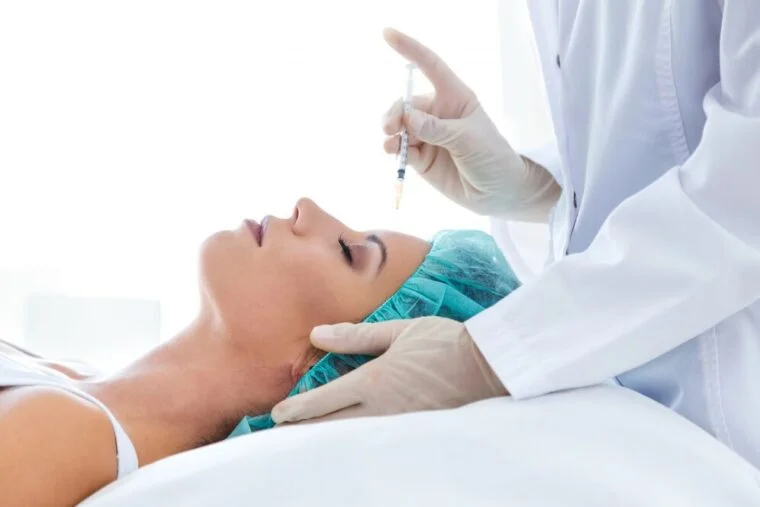
When Botox is injected into specific muscles, it blocks the nerve signals that cause those muscles to contract. Without these signals, the muscles remain relaxed, which smooths out the skin on the surface. This is particularly effective for treating areas where wrinkles are formed due to repetitive muscle movements, such as:
- Forehead Lines: Horizontal lines that appear on your forehead when you raise your eyebrows.
- Crow’s Feet: The lines that form at the outer corners of your eyes when you smile.
- Frown Lines: The vertical lines between your eyebrows that appear when you furrow your brow.
3. Dual Purpose Treatment
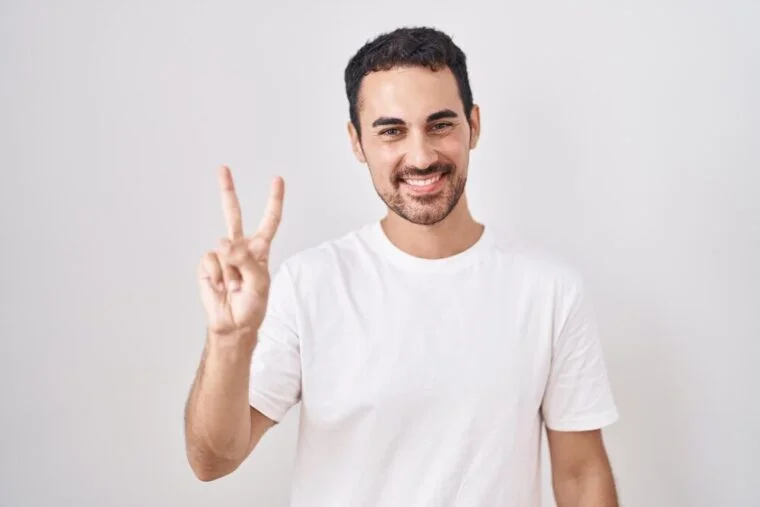
Originally developed for medical conditions like strabismus (crossed eyes) and blepharospasm (eye twitching), Botox’s cosmetic benefits for reducing wrinkles were discovered later. Today, it’s used for a wide range of conditions, including chronic migraines, excessive sweating, and overactive bladder.
4. Safety Record
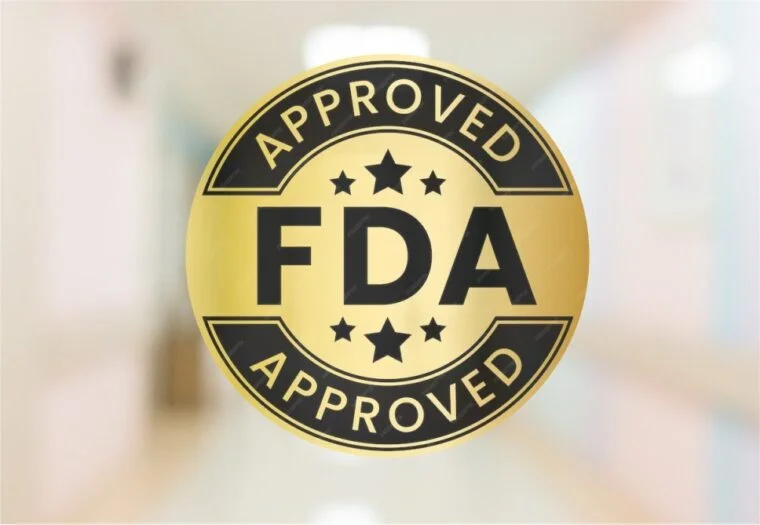
Botox was first approved by the FDA in 1989 for medical use and in 2002 for cosmetic applications. The treatment has undergone extensive clinical testing and is widely regarded as safe when administered by a qualified professional.
5. Lunch time treatment

Botox is often termed a “lunch time” treatment because of its efficiency and minimal impact on a person’s daily schedule. The procedure typically takes just 10-15 minutes, making it easy to fit into a lunch break. The injections involve minimal discomfort, usually described as a slight pinch, and do not require anesthesia. One of the key advantages is that there is no significant downtime; patients can immediately resume their normal activities without interruption. Post-treatment, any minor redness or swelling usually resolves quickly. The results from Botox become visible within a few days, with optimal effects appearing in about 1-2 weeks. This combination of quick procedure time, minimal recovery needs, and fast-acting results makes Botox an appealing choice for those seeking cosmetic enhancements in a time-efficient manner.
6. Consultation

Your journey begins with a consultation with a qualified provider. During this meeting, you’ll discuss your goals, medical history, and any concerns you might have. Your provider will assess your facial anatomy and recommend the appropriate treatment plan. They will also explain the risks and benefits of Botox, ensuring that you have realistic expectations.
7. Medical History
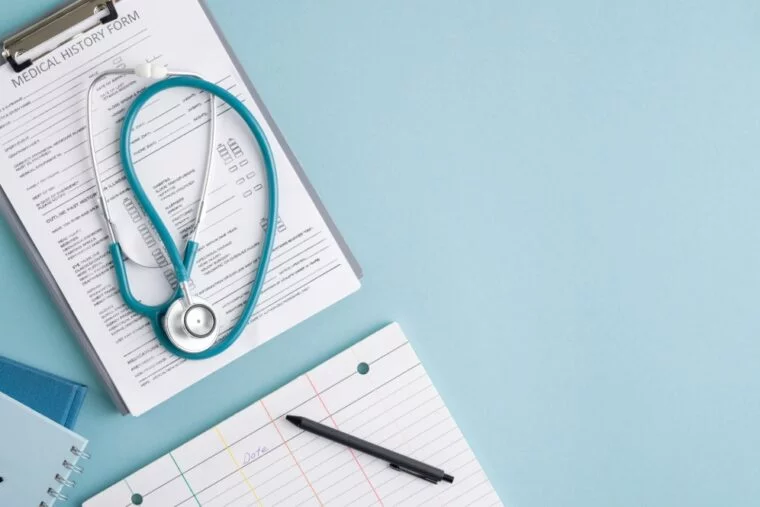
Be prepared to share details about your medical history, including any allergies, current medications, and previous cosmetic treatments. Certain conditions or medications might affect your suitability for Botox.
8. Pre-Treatment Instructions
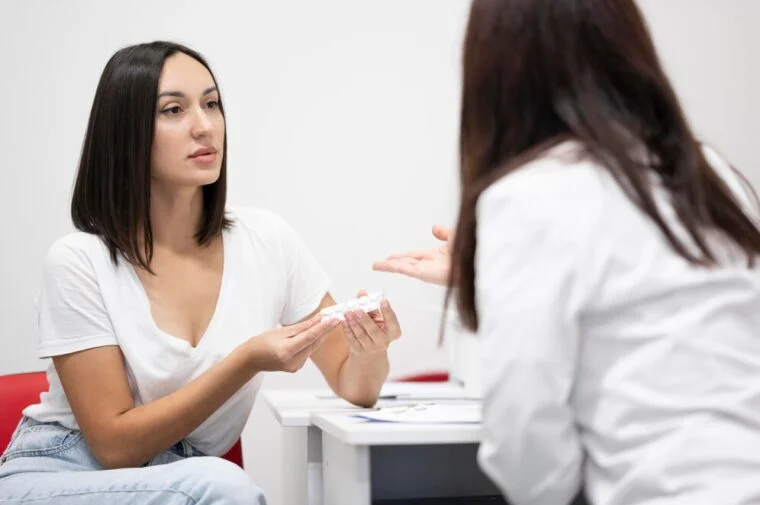
Your provider may give you specific instructions to follow before your treatment. This often includes avoiding blood-thinning medications and supplements (like aspirin or fish oil) for a few days before your appointment to minimize the risk of bruising.
9. The Botox Treatment Procedure
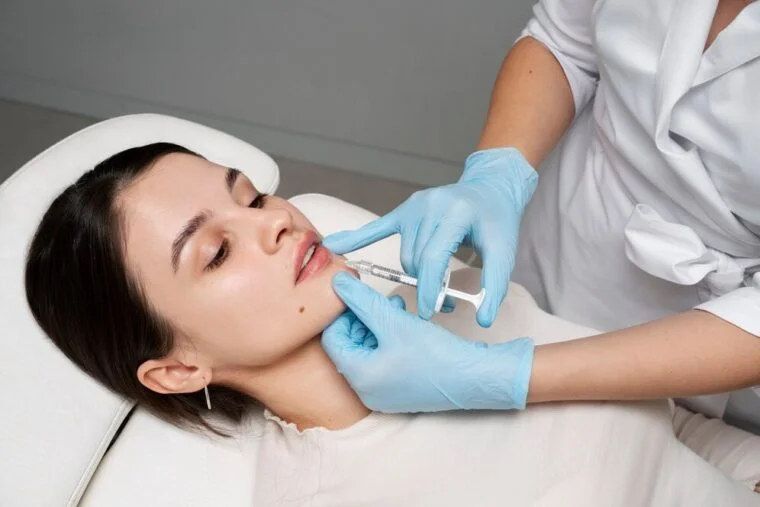
Modern lifestyles, with their inherent challenges and conveniences, significantly impact skin health, particularly in the form of stress acne. Poor sleep, unhealthy eating habits, lack of physical activity, excessive screen time, high levels of anxiety, and deficiencies in sunlight and fresh air all play a role in the development and exacerbation of acne. By adopting healthier habits and making informed lifestyle choices, individuals can improve their skin health and reduce the prevalence of stress acne.
- Preparation: On the day of your treatment, the provider will cleanse your skin and may apply a numbing cream to minimize discomfort. While the injections are relatively quick, the numbing cream helps ensure a more comfortable experience.
- Injection: Using a fine needle, your provider will inject small amounts of Botox into the targeted muscles. The number of injections will vary based on the area being treated and your specific needs. Most people describe the sensation as a slight pinch or sting.
- Post-Treatment Care: Immediately after the injections, you might experience some redness or swelling at the injection sites, but this typically resolves quickly. Your provider will give you post-treatment instructions, which generally include:
- Avoiding strenuous exercise: For 24 hours after your treatment.
- Refraining from touching or massaging the treated areas: This helps prevent the Botox from spreading to unintended areas.
- Remaining upright: For at least 4 hours post-treatment to avoid the migration of Botox.
10. What to expect?
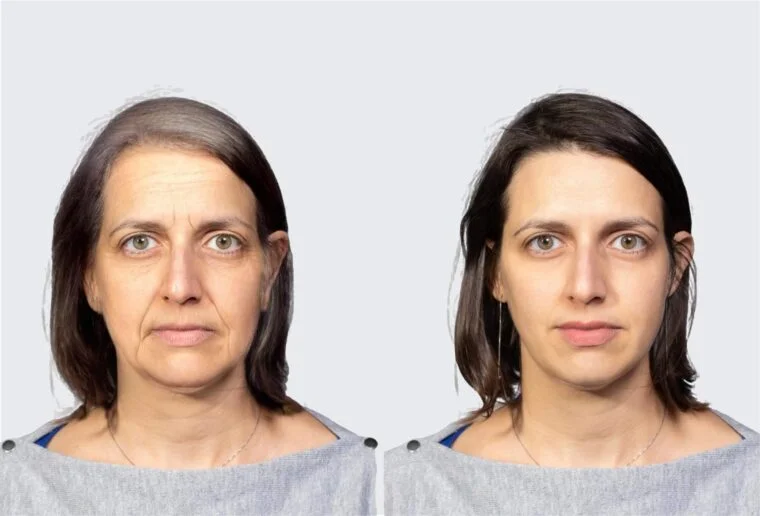
After receiving Botox injections, you can expect to see several visible changes:
- Reduction in Wrinkles: Wrinkles and fine lines, particularly around the forehead, eyes (crow’s feet), and between the eyebrows (frown lines), become smoother and less pronounced.
- Smoother Skin Texture: The overall texture of the skin may appear more even and refined as the muscles responsible for creating dynamic wrinkles are temporarily relaxed.
- Elevated Eyebrows: Botox can lift the eyebrows slightly, improving the appearance of sagging or drooping brows and creating a more youthful, refreshed look.
- Reduced Lines and Creases: Vertical lines between the eyebrows (glabellar lines) and horizontal lines across the forehead can diminish, leading to a more relaxed and approachable expression.
- Improved Facial Contours: Some patients notice a subtle enhancement in facial contours due to the relaxation of certain muscles, which can contribute to a more defined jawline or smoother appearance.
Results from Botox are not immediate. It usually takes about 3 to 7 days for the effects to become fully noticeable. The muscles gradually relax, and the wrinkles begin to smooth out. Full results can be seen in about 2 weeks.
11. Potential Side Effects
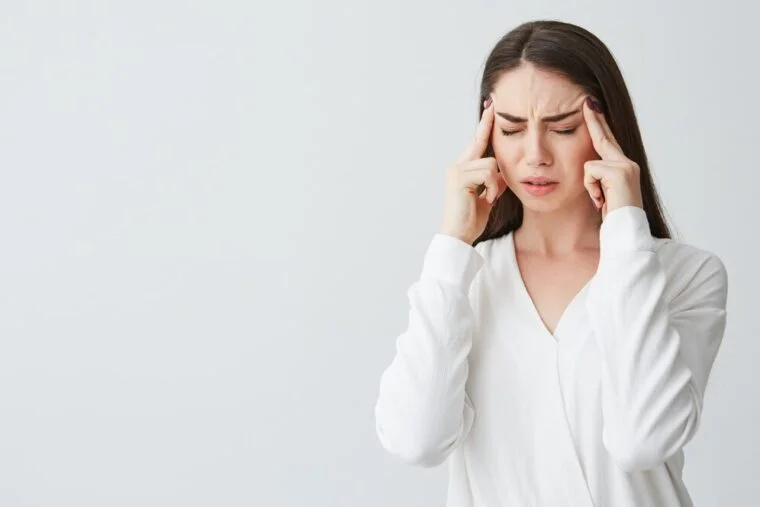
Common side effects are usually mild and temporary. They can include:
- Redness or swelling: At the injection sites.
- Bruising: This can occur but is generally minimal.
- Headache: Some people experience a mild headache after the treatment.
Rare side effects may include drooping eyelids or brows, but these are typically temporary and resolve as the Botox wears off.
12. Longevity of Results
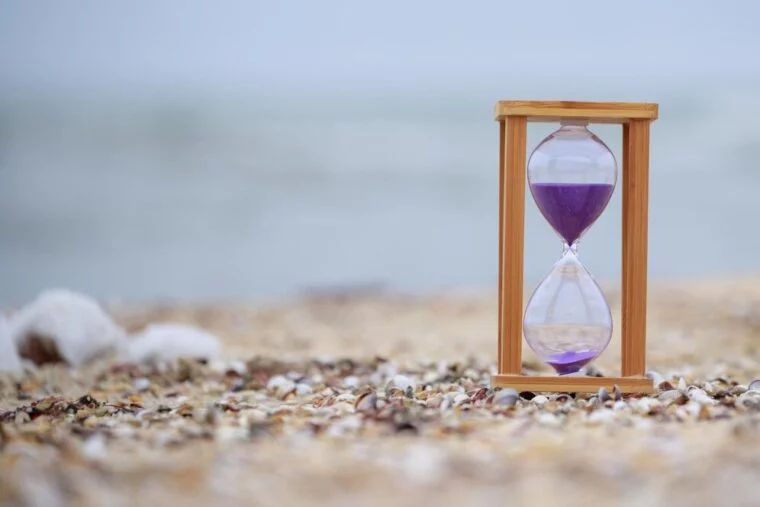
Botox results typically last between 3 to 6 months. Over time, the muscle activity gradually returns, and wrinkles may start to reappear. Regular treatments can help maintain the results and potentially extend the duration between sessions.
13. Maintaining Your Results
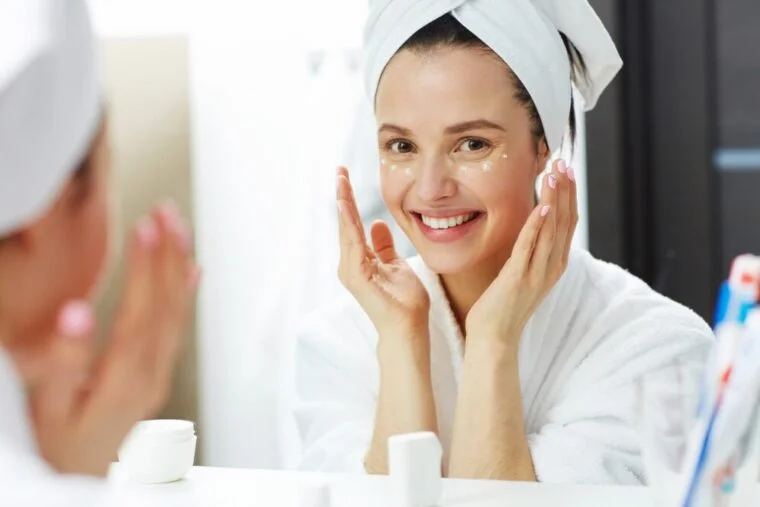
To maintain your Botox results, schedule follow-up treatments every 3-6 months, as the effects gradually wear off. Practice good skincare and avoid excessive sun exposure to support skin health and prolong the benefits of the treatment.
14. Follow-Up Appointments
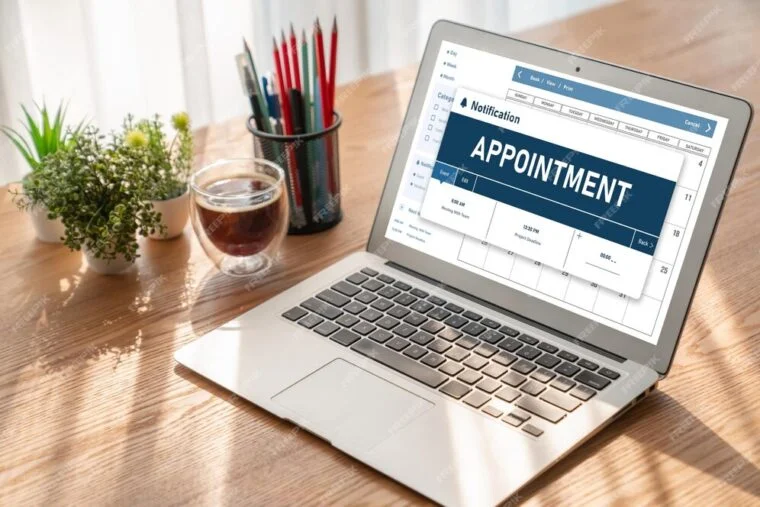
Regular follow-up appointments with your provider will help monitor your results and make any necessary adjustments to your treatment plan.
15. Skincare Routine
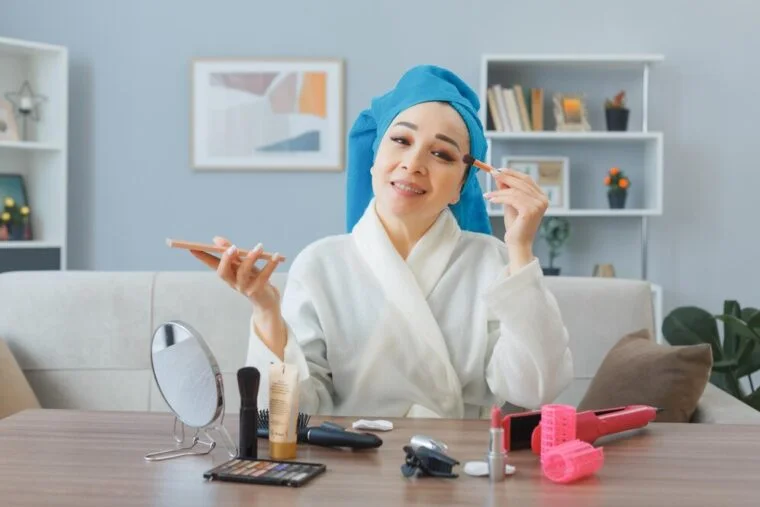
Maintaining a good skincare routine can help enhance and prolong the effects of Botox. This includes using sunscreen to protect your skin from UV damage and incorporating products that promote collagen production.
Healthy Lifestyle
A healthy lifestyle can also impact how long your Botox results last. Staying hydrated, eating a balanced diet, and avoiding excessive sun exposure are beneficial for overall skin health.
16. Choosing the Right Dermatologist

Selecting a qualified and experienced provider is crucial for achieving the best results and minimizing risks. Look for a provider who is board-certified in dermatology or plastic surgery and has experience with Botox injections. Reading reviews and asking for before-and-after photos can also help you make an informed choice.
Summary
Botox can be a great option for those looking to reduce the appearance of wrinkles and achieve a more youthful look. By understanding what to expect before, during, and after your treatment, you can make an informed decision and ensure a positive experience. Remember, communication with your provider is key to achieving the best results, so don’t hesitate to ask questions and express any concerns you might have.
With the right preparation and care, your first Botox treatment can be a smooth and rewarding experience, helping you look and feel your best.
Kindly fill the form below to connect with us for
– Consultation on Lifestyle and Diet
– Personalized Treatment of Botox
– Questions on the In Clinic Services for Botox
